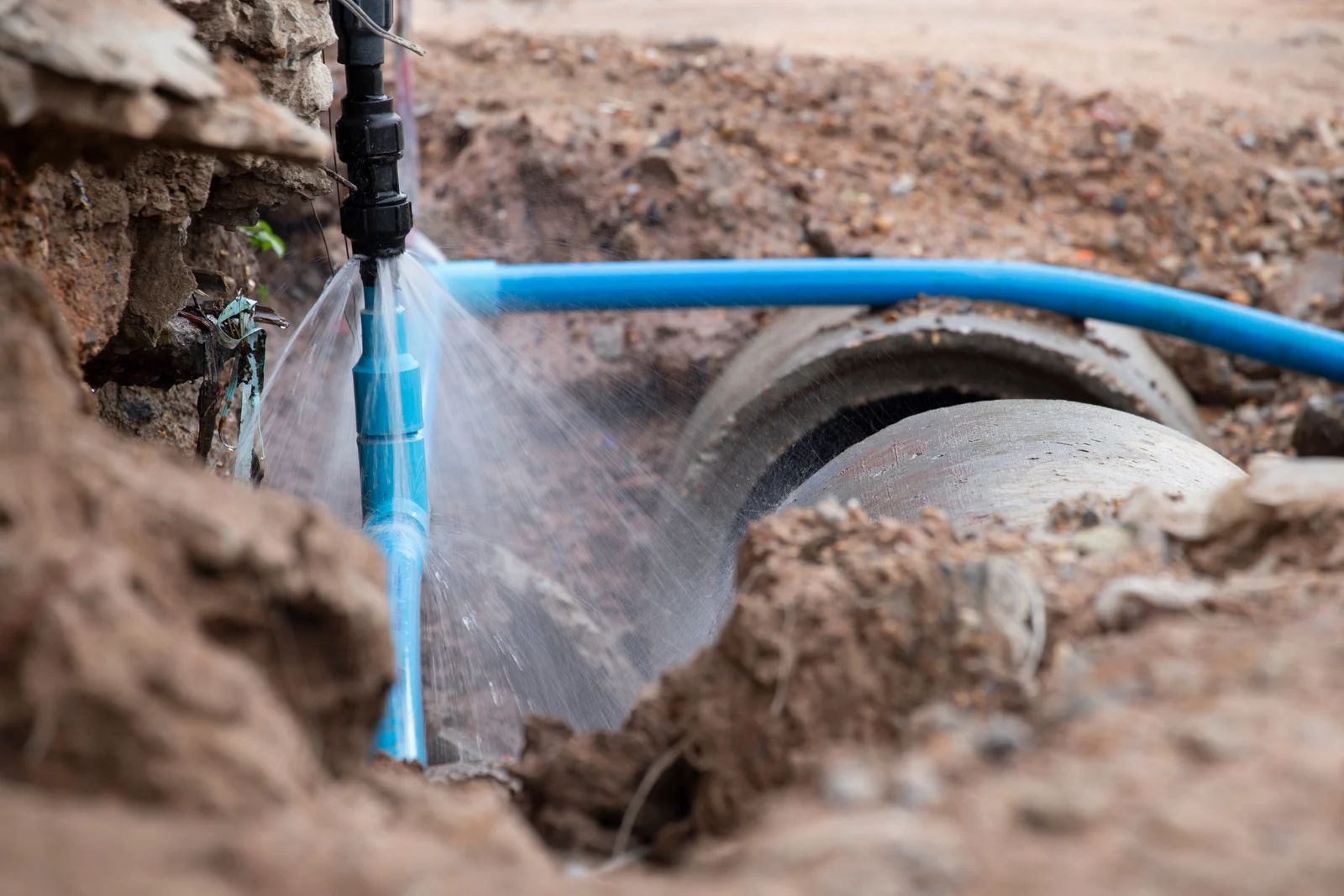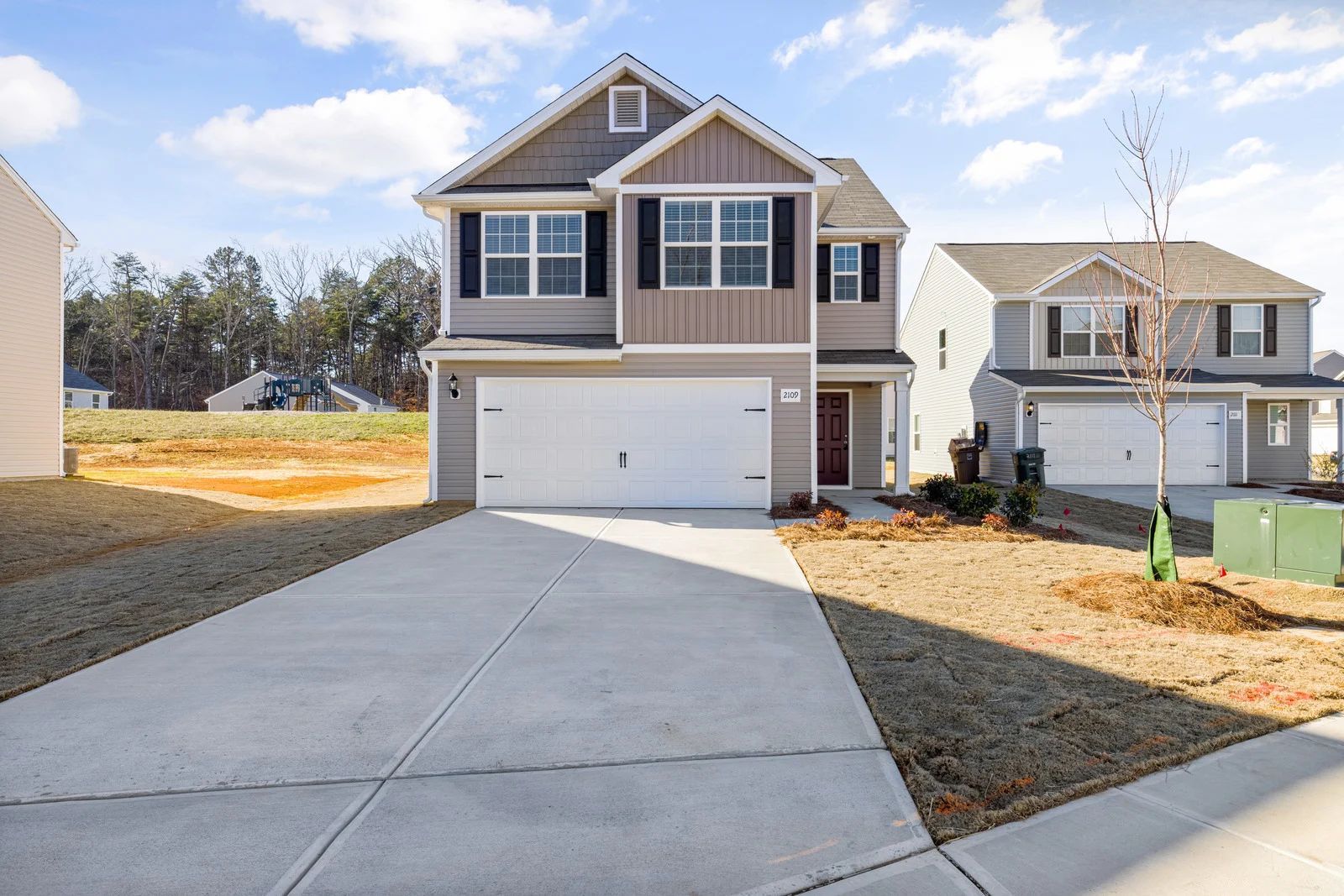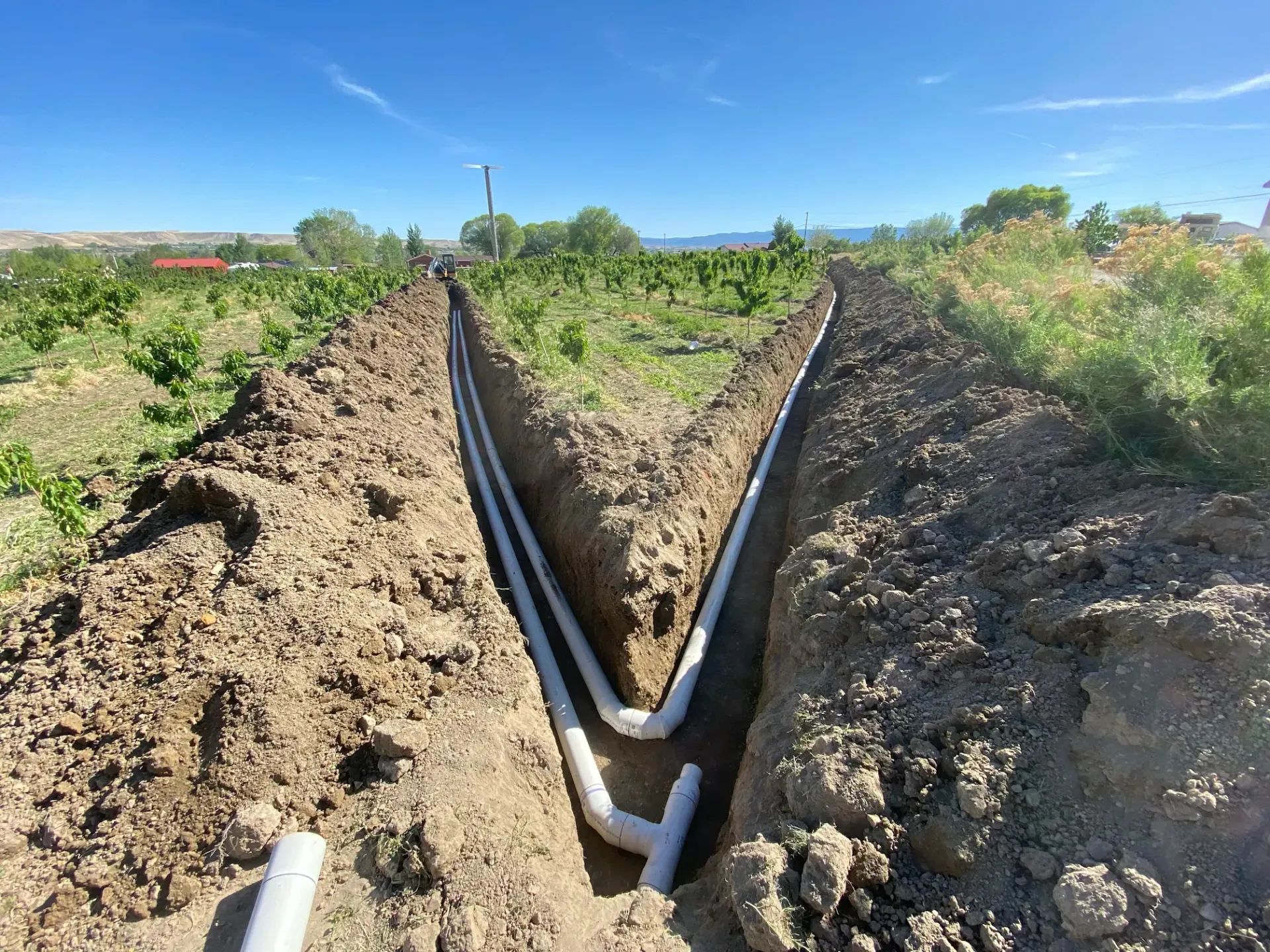How to Prepare Your Land for Building in Mesa County
Before construction can begin, the most critical step is preparing the land correctly. In Mesa County, Colorado, where terrain, zoning regulations, and climate all play a role, land preparation is a task that requires detailed planning and expert execution. The soil conditions, elevation changes, and semi-arid environment of the region demand careful consideration at every phase. Additionally, working in compliance with county regulations and permitting processes is crucial to avoid costly delays. Every property is unique, and what works for one site may not be suitable for another. Proper preparation is the difference between a smooth build and future complications. That’s why it’s essential to understand exactly how to prepare your land for building in Mesa County.
1. Understand Local Zoning and Permits
Before any physical work starts, it's essential to research the zoning restrictions and obtain the necessary permits from Mesa County’s planning department. Zoning laws can dictate how land is used, what structures are permitted, and the setback requirements. Failure to comply can halt your project entirely.
2. Conduct a Site Survey
A professional land survey will help define property boundaries and topographic features. It’s critical to identify any encroachments or easements, as well as natural obstacles such as rocky outcrops or water sources. Surveys also provide a basis for designing the structure’s layout in terms of elevation and slope.
3. Clear and Grub the Land
This phase involves removing trees, shrubs, stumps, large rocks, and other vegetation. Specialized machinery, such as excavators and bulldozers, is often required. Grubbing ensures the ground is free from organic material that could later decompose and cause soil instability.
4. Grade the Land and Address Drainage
Grading is essential for creating a level foundation and directing water flow away from the structure. Poor drainage can lead to water accumulation and soil erosion, compromising the foundation over time. In Mesa County’s semi-arid climate, it's also essential to manage seasonal runoff during snowmelt and rainstorms.
5. Soil Testing and Compaction
The soil should be tested for load-bearing capacity and composition. Certain soils may require treatment or removal to support heavy structures. Once deemed suitable, the soil must be compacted to reduce settling and increase stability. This process may include adding gravel or other materials to achieve the desired density.
6. Install Utilities and Access Roads
Before building begins, install or plan for connections to essential utilities, including water, sewer or septic, gas, and electricity. If your site is in a remote area, building an access road might be necessary. Ensuring reliable access to utilities and transportation routes is vital to keeping the project on track.
Partner with Trusted Experts
Preparing your land properly is not just about breaking ground—it’s about setting the stage for long-term success. Every lot in Mesa County has its own challenges, and professional guidance can make all the difference. That’s where Wiseland Construction & Excavation comes in. With 15 years of excavation experience and deep local expertise in Palisade, Colorado, our team is committed to delivering safe, efficient, and code-compliant land preparation services. Trust us to bring your vision to life, from the ground up.



